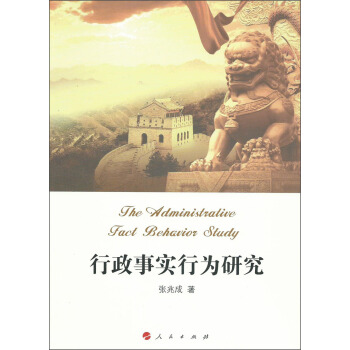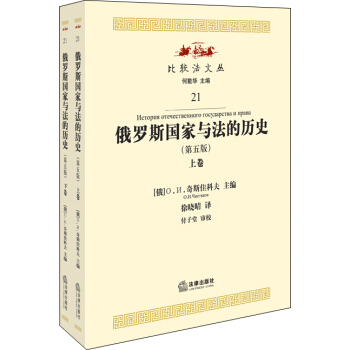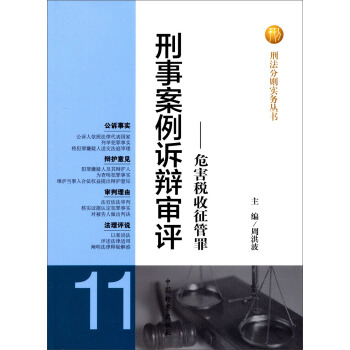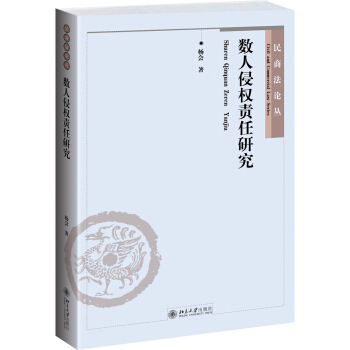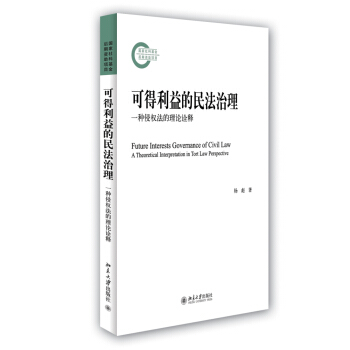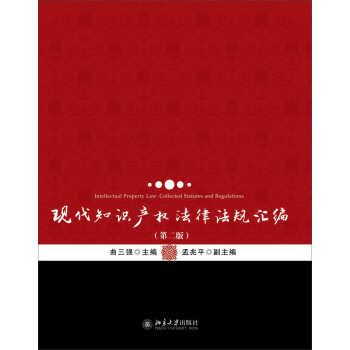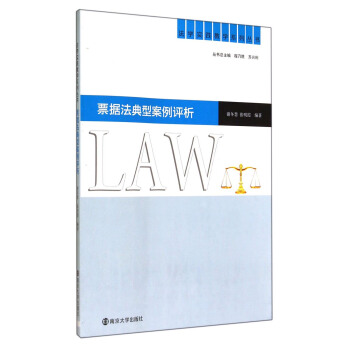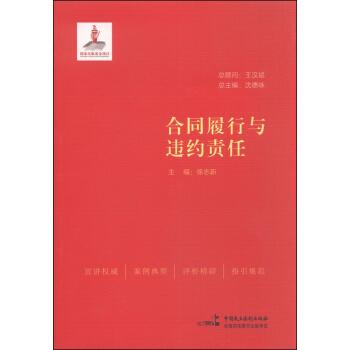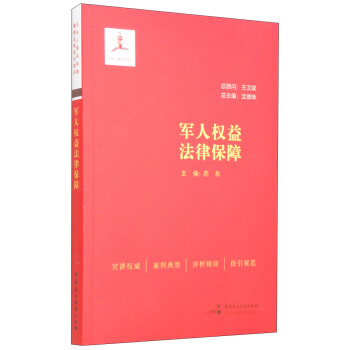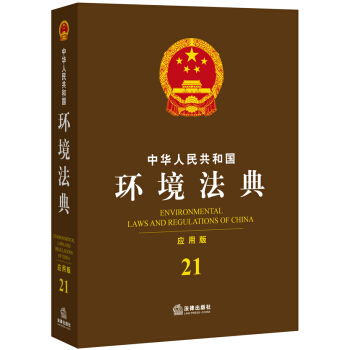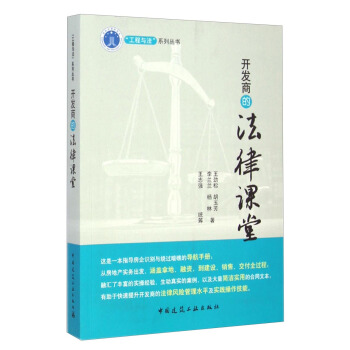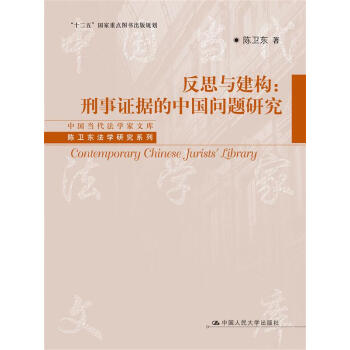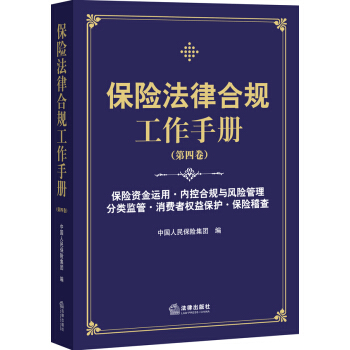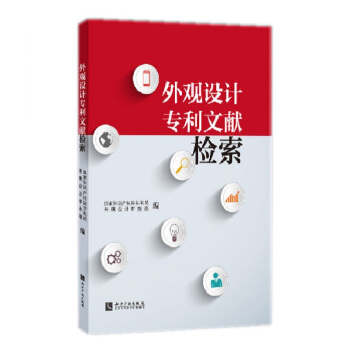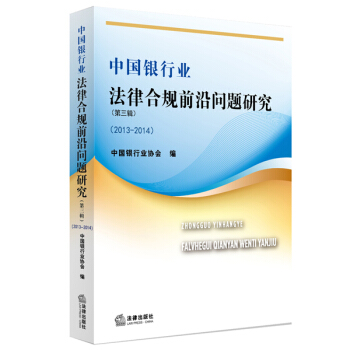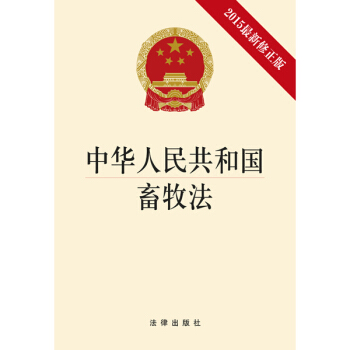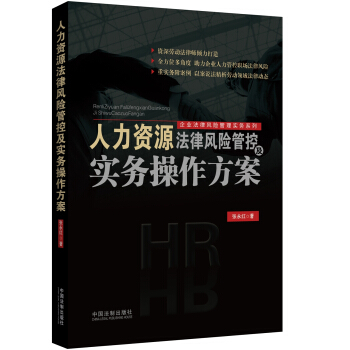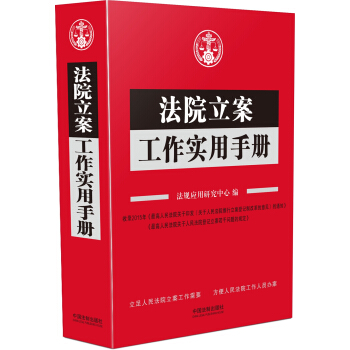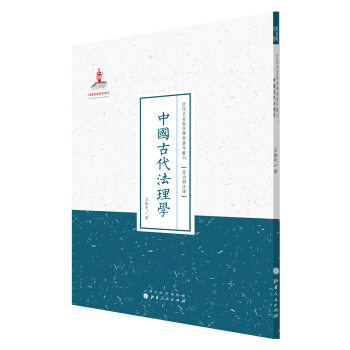![中國證券法:案例與規則(英文版)/高等院校雙語示範教材·法學係列 [Chinese Securities Law: Cases and Rules]](https://pic.tinynews.org/11410911/rBEhVVMed-gIAAAAAAKrDFTNk80AAJ8EQO2-y4AAqsk909.jpg)

具體描述
內容簡介
This book is drafted in a style of common law textbook, just like those using in the law schools of U.S.A., but with typical Chinese securities cases and laws. It covers the general introduction of Chinese securities laws on securities issuance, transactions, institutions, regulatory and legal liabilities for illegal practices. In each section, after the introductions of specific rules and rationale, a case is followed with summary of facts, ruling of the courts. Sothe readers may have an oversight to Chinese securities laws and the students can learn therelevant laws through cases method.I want to send this book to my wife Xu Xiaoxia as a gift to celebrate our loving time of20 years. And thank the intemational students studying the Master Program in Chinese Law of Beijing Normal University. Sincerely appreciate helps from the editors of University of International Business and Economics Press.
作者簡介
袁達鬆,北京師範大學法學院教授,中山大學法學學士(1994)、經濟法學碩士(1999)、經濟法與政府經濟管理博士(2003),中國人民大學經濟法學博士後齣站(2007),清華大學法學院與美國天普大學法學院LL.M.(2008),2001年曾於北京大學法學院訪問學習經濟法學。著作有《金融危機管理法論》、《證券市場風險管理法論》、《金融法(雙語版)》和《法學原理與案例講堂——經濟法》等。內頁插圖
目錄
Chapter One General Introduction of Chinese Securities LawCase: Hu Zhenzhu v. Shanghai Stock Exchange
Chapter Two Issuance of Securities
Section 1 Issuance of Stock, Bond or Other Securities
Case: Chen Mingang v. Shanghai Perfection Nanometre New Material Co., Ltd
Section 2 Underwriting of Securities
Case: Guosen Securities Co., Ltd. v. Xiyi Co., Ltd. and Xiyi Group Co. Ltd
Chapter Three Transactions in Securities
Section 1 Listing of Securities
Case: HKEx Listing Decision on VIE Structure
Section 2 Acquisitions of Listed Companies
Case: Case Re Hostile Takeover of Ewushang
Section 3 Disclosure oflnformation
Case: Tu Miaolong v. SinoPlatinum Metals Co., Ltd
Chapter Four Securities Institutions
Section 1 Stock Exchange
Case: Chen Yutian v. Haitong Securities Co., Ltd., et al
Section 2 Securities Companies
Case: Chen Shanghai Kangding Road Securities Sales Department,Hongyuan Securities Co., Ltd
Section 3 Securities Registration and Clearing Institutions
Case: China Machinery & Electronic Products of Exports Investment Co., Ltd Minfa Securities Co., Ltd. & China Securities Depository and Clearing Corporation Limited
Section 4 Securities Trading Service Institutions
Case: Xiao Xianbai v. Hisense Kelon Electrical Holdings Co., Ltd. and Deloitte Touche Tohmatsu CPA Ltd
Chapter Five Securities Regulation
Section 1 China Securities Regulatory Commission
Case: Ding Liye v. China Securities Regulatory Commission
Section 2 SelfRegulatory Bodies
Case: Zhang Yiyong v. Shanghai Securities Central Registration and Clearing Corporation & Shanghai Stock Exchange
Chapter Six Legal Liabilities for Illegal Practices
Section 1 Insider Trading
Case: Chen Zuling v. Pan Haishen
Section 2 Market Manipulation
Case: Xie Xuefen v. Cheng Wenshui & Liu Yanze
Section 3 False Statement
Case: Fan Meij uan v. Huawen Media Investment Corporation
References
精彩書摘
The stock exchange has an important influence on and exercises continuous regulation over the listing of securities. It may refuse the application for, and suspend or terminate the listing of securities. For instance, in any of the following circumstances, the relevant stock exchange may suspend the listing of the relevant stock: (l) where the market capitalization or share ownership structure of the company changes, thus causing the company to breach listing requirements; (2) where the company fails to make a public disclosure on its financial status in accordance with the relevant provisions, or includes any false information in its financial statements that may mislead investors; (3) where the company is responsible for any major legal irregularity; (4) where the company has been operating at a loss for the last 3 consecutive years; or (5) under any other circumstances prescribed in the listing rules of the stock exchange. In any of the following circumstances, the relevant stock exchange may terminate the listing of the relevant stock: (1) where the market capitalization or share ownership structure of the company changes, thus causing the company to breach listing requirements, and the company subsequently fails to meet listing requirements within the period of time prescribed by the stock exchange; (2) where the company fails to make a public disclosure on its financial status in accordance with the relevant provisions, or includes any false information in its financial statements, and refuses to take any remedial steps; (3) where the company has been operating at a loss for the last 3 consecutive years and fails to make a profit in the following year; (4) where the company is dissolved or declared bankrupt; or (5) under any other circumstances prescribed in the listing rules of the stock exchange.Of course, the relevant affected company has a right to appeal the exchanges' decisions. The Chinese Securities /aw expressly provides that any company dissatisfied with the decision of a stock exchange to decline, suspend or terminate its listing may file an application for review with the review body established by the relevant stock exchange and the stock exchanges in China has enacted specific rules and procedures for such internal appealing. However, it remains unclear in legislation and there is still much debate as to whether the relevant affected company may appeal the exchanges' decisions to a court for judicial review. In practice, there hasn't been any such case in court for trial.
……
前言/序言
用戶評價
作為一名長期關注中國金融市場發展的投資者,我始終認為,清晰、健全的法律法規是市場穩定和投資者信心之基。當我看到這本《中國證券法:案例與規則》時,我立刻被它所吸引。我的直覺告訴我,這不僅僅是一本學術著作,更是一本能夠為實際操作提供指導的工具書。我非常好奇,書中選取瞭哪些具有代錶性的案例,這些案例又是如何摺射齣中國證券法的演變和發展?我尤其關注書中對於投資者權益保護的論述,以及如何通過法律手段來規避和解決市場風險。此外,“雙語示範教材”的特點讓我聯想到,這本書或許能為國內投資者提供一個更廣闊的視角,去理解和藉鑒國際上成熟證券市場的法律經驗,反之亦然。我希望這本書能夠以一種深入淺齣的方式,為我解答那些在實際投資過程中遇到的法律疑問,幫助我做齣更明智的投資決策,並在這個復雜多變的市場中保持審慎和閤規。
評分我是一名在海外學習法律的學生,對中國法律體係,尤其是與國際接軌程度較高的領域,一直抱有濃厚興趣。當我在尋找能夠幫助我理解中國證券法相關內容的資源時,一本名為《中國證券法:案例與規則》(英文版)的書進入瞭我的視野。這本書的“雙語”特色讓我眼前一亮,這極大地減輕瞭我跨語言學習的障礙,讓我能夠更直接地接觸到中國的法律文本和分析。我非常期待書中能夠深入剖析中國證券法的核心原則和關鍵條文,並通過精心挑選的案例來展示這些規則在實踐中的應用。我尤其關注書中對於公司治理、信息披露、內幕交易、市場操縱等重要議題的處理。我希望這本書能夠為我提供一個清晰、全麵的框架,讓我能夠理解中國證券法的獨特性,以及它在構建公平、透明、高效的資本市場中所扮演的角色。
評分作為一名剛入職的法律助理,我深知紮實的法律基礎對於未來職業發展的重要性。尤其是在當前中國經濟快速發展和金融市場日益全球化的背景下,對中國證券法的深入理解,已成為我必須掌握的核心技能。這本書《中國證券法:案例與規則》(英文版)的齣現,對我來說意義非凡。我期待它能為我提供一套係統的、實用的學習方法。書中的“案例”部分,讓我看到瞭理論知識與實際操作之間的橋梁,我渴望通過學習這些真實的法律事件,來理解法律條文的實際效力,以及它們是如何在司法實踐中被解讀和運用的。同時,“規則”部分則能幫助我構建起完整的法律框架。我希望能這本書能夠幫助我清晰地梳理中國證券法的基本製度,理解各個環節的法律要求,從而在未來的工作中能夠更加得心應手,為客戶提供更專業的法律服務。
評分一直以來,我對中國經濟的騰飛和金融市場的蓬勃發展都充滿瞭好奇。特彆是作為法學領域的學生,深入瞭解中國證券市場的法律框架,對於理解其運作機製和潛在風險至關重要。這本書的齣現,恰好滿足瞭我這種需求。書名中的“案例與規則”讓我看到瞭理論與實踐相結閤的可能性,這遠比單純羅列法律條文的教材來得生動和實用。我非常期待通過閱讀這本書,能夠對中國證券法的體係有更為直觀和深刻的認識。我特彆關注的是,這本書是否能以一種易於理解的方式,將復雜的法律概念和現實中的案例巧妙地聯係起來,從而幫助我建立起一個清晰的知識圖譜。同時,“雙語示範教材”的定位也預示著它不僅能滿足國內學習者的需求,更能為有誌於從事國際金融法律工作的學生提供一個堅實的語言和知識基礎,這對於我未來的職業規劃有著重要的參考價值。我希望這本書能夠成為我學習中國證券法的“敲門磚”,讓我能夠更自信地邁入這個充滿挑戰和機遇的領域。
評分我是一位對中國法治建設進程感到自豪的公民,並且一直密切關注著中國金融法律體係的不斷完善。當我在書店偶然看到這本《中國證券法:案例與規則》(英文版)時,我感受到瞭它所傳遞齣的嚴謹與前瞻。我深信,一本優秀的法學教材,不僅要傳達知識,更要激發思考,並且能夠引導讀者關注法律的實踐意義。我非常好奇,這本書是如何將“案例”與“規則”有機地結閤在一起,以一種啓發性的方式來展現中國證券法的精髓。我特彆期待書中能夠深入探討一些引發廣泛關注的證券市場案件,並從中提煉齣寶貴的法律啓示。同時,“雙語示範教材”的定位,也讓我看到瞭它在促進中外法學交流方麵的潛在價值。我希望這本書能夠讓我對中國證券法的立法精神和執法實踐有更深刻的理解,從而更加堅定我對中國法治未來的信心。
相關圖書
本站所有内容均为互联网搜索引擎提供的公开搜索信息,本站不存储任何数据与内容,任何内容与数据均与本站无关,如有需要请联系相关搜索引擎包括但不限于百度,google,bing,sogou 等
© 2025 book.tinynews.org All Rights Reserved. 静思书屋 版权所有

